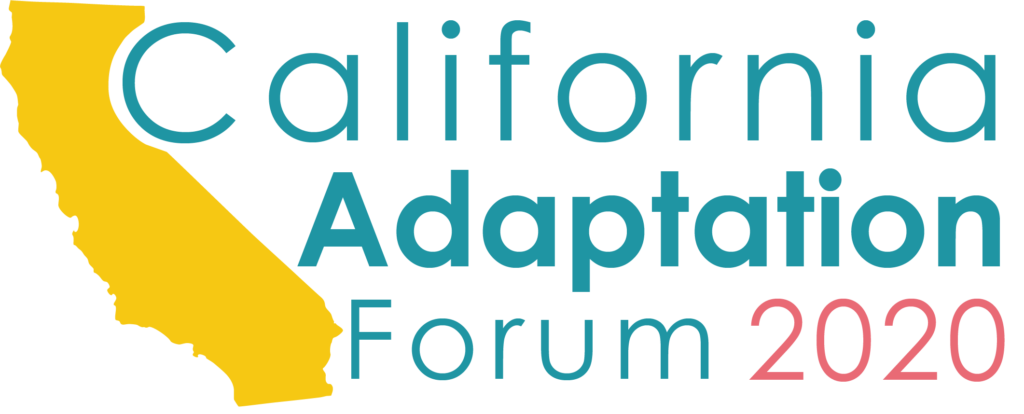Four years ago, after another summer of wildfires, I looked out from my spot at the Plumas County Public Health Agency and could still see smoke covering the American Valley and as far as the eye could see on the horizon. Not long after that, I traded in my office overlooking the Plumas National Forest for a cube in the Office of Health Equity (OHE) in the California Department of Public Health (CDPH). My new position offered me ways to engage on two fronts: one, against health inequities that have been no stranger to me, and two, to develop knowledge and actions for greater resilience against threats to human health such as wildfires and wildfire smoke.
Here in OHE, just about all our work has implications for preparing for climate change and cooling California. For example, OHE staff in the California Reducing Disparities Program evaluate community-based practices to support community mental health. As people in severely affected areas during the statewide drought and more recent weather events experience changes in their sense of well-being and security, population mental health is a growing concern for climate change and public health practitioners.

Another section of OHE focuses on data and statistics around drivers of health inequities, which are vital to policy makers and planners for understanding where inequities exist. Their work helps our section in crafting policies and strategies that focus a health equity lens on state and local decisions and investments that intersect with climate change targets and goals.
We’re also involved in the Climate-Ready States and Cities Initiative of the federal Centers for Disease Control and Prevention through the CalBRACE (Building Resilience Against Climate Effects) Project. In the forefront, CalBRACE has been working to elevate the role of health equity and public health principles in adaptation planning.
With input from county health departments and the California Environmental Health Tracking Program, the CalBRACE project published 58 Climate Change and Health Profile reports so each county health department could have a snapshot of its local climate projections as well as an idea of health and social vulnerabilities. The raw data supporting these reports can also be used to assess where people could be more vulnerable within counties across the state. These planning tools were created to help prioritize adaptation strategies and investments to empower communities likely to be hurt first and worst by climate change.
These efforts in OHE contribute to a way of doing business in which health equity principles are the gold standard for investments that elevate public health outcomes. Ideally, all people in California will have access to the information and resources necessary to experience their best health, reach their full potential, and be resilient to the impacts of climate change. Reaching this goal involves securing the basic determinants of health and wellbeing including housing, adequate food, education, economic resources, and other elements that allow for full engagement in all aspects of civic life.
As extreme weather events requiring evacuations become more common, or exposure to smoke expands with the longer wildfire season, or mold invades homes following floods, individuals and communities starting from a healthier place will have better health outcomes during these events, and in the long run. Conversely, communities with a higher incidence of chronic disease will have greater barriers to overcome climate stressors such as extreme weather conditions like heat waves, floods, and wildfire smoke.
Healthy and engaged communities are mission critical to successful climate resilience in California. Climate adaptation can be achieved more readily with a healthy population and health equity ensures more people are healthy. At OHE, we’re looking at how reductions in the most common chronic conditions such as obesity, diabetes, heart and respiratory diseases can improve resilience to climate impacts. The Climate Change and Health Equity Program (CCHEP), where I now sit, is quantifying the reduction of chronic conditions resulting from activities that are underway in the state to reduce greenhouse gas emissions, such as improving infrastructure for walking and bicycling. There are other climate change mitigation efforts that could increase adaptive capacity and benefit human health, such as climate resilient and affordable housing, urban greening, weatherization, water conservation, sustainable forestry and healthy soils. As complementary strategies, these all have potential to reduce chronic diseases, but their impact as climate adaptation practices is not yet fully documented nor universally practiced in the public health field.
CCHEP’s work helps frame these existing climate mitigation strategies as adaptation strategies that also have potential to reduce health inequities. This work strengthens the argument that we can increase community resilience to climate change and lower the incidence of chronic diseases at the same time.
The CCHEP staff has contributed a health equity perspective to the Final 2017 Scoping Plan Update: The Strategy for Achieving California’s 2030 GHG Target, and Planning and Investing for a Resilient California: A Guidebook for State Agencies.
There are so many extreme weather events happening almost back to back with a climate change signature on them, including the recent deadly wildfires and mudslides in California. In the background, there is a constant beat of updates on record-breaking droughts, warmest months and days on record, hottest and coldest temperatures, and every one of these is having an impact on people’s health. It’s challenging to keep the focus on the projects at hand and to feel that we are moving fast enough to stabilize the temperature of the planet’s atmosphere and put the necessary protections in place to cope with extreme weather conditions already at hand and in the future.
Under these circumstances, none of us is in a position to deliberate as long as we’d like before taking action, yet we need to be confident that the actions we are planning do not cause unintended harms and deepen existing inequities. To succeed in addressing the global problem of climate change, we must acknowledge and face the indulgences and inequities that are driving it. Today, when I come to work, I look out and see colleagues and communities leading the way on creating a state where everyone’s health matters and where every place fosters resilience to climate change.
 |
Dorette Quintana English, MA, has worked in public health, education and community development with rural counties and tribal communities in NE California for more than 20 years before joining the Office of Health Equity. Her focus and passion for inclusion and equity, have led her to work in public health and community-based projects as varied as economic and environmental justice; indigenous land stewardship and youth leadership; maternal, infant and child health; minority and women’s health, sustainable food systems; and health and the built environment. She is a published photographer and writer on economic justice, literature and art, public health, and environmental topics. |

